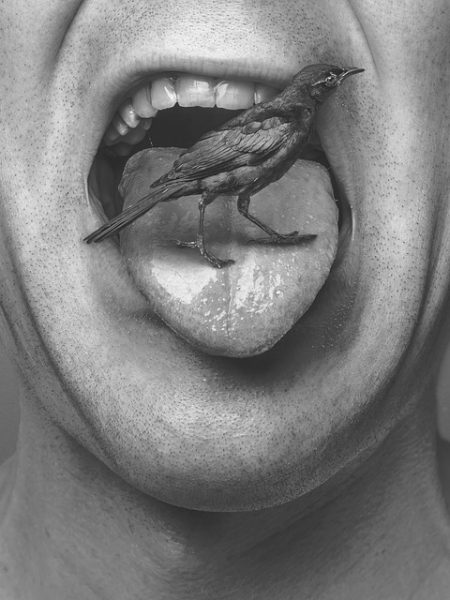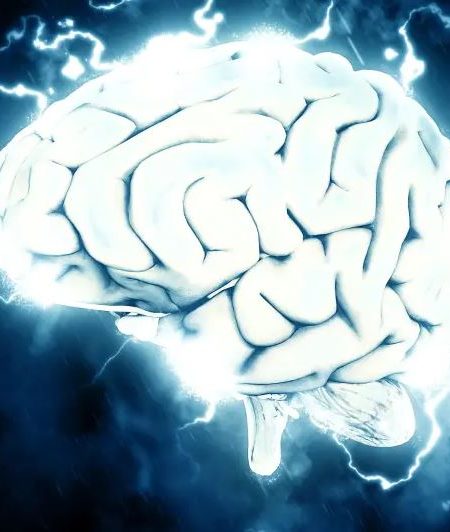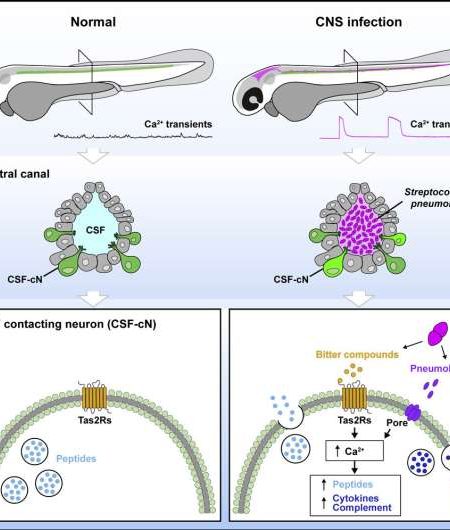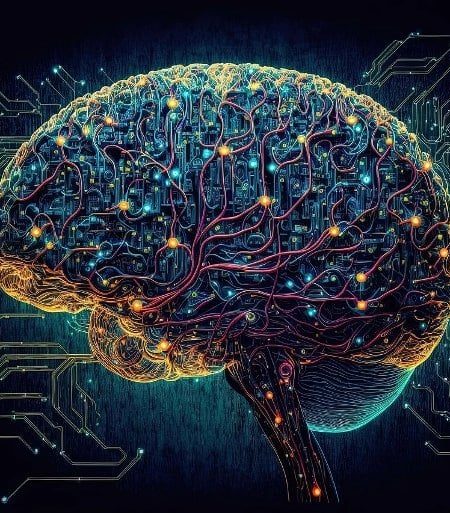Researchers based in the Netherlands have developed a revolutionary electronic “nose” that is proficient in smelling out when a lung transplant is starting to fail.
The electronic nose – dubbed the eNose – is developed by industry experts at the Erasmus University Medical Center, Rotterdam and achieves a staggering 86% accuracy in determining lung transplant failure. This groundbreaking technology has the potential to change the landscape of monitoring lung transplant failure – also known as chronic allograft dysfunction (CLAD) – enabling medical professionals to provide optimal treatments to mitigate its effects.
The research was presented at the European Respiratory Society International Congress this week.
Nynke Wijbenga, a PhD student and technical physician at Erasmus University Medical Center, said: “About 50% of lung transplant patients are diagnosed with chronic allograft dysfunction or chronic rejection within five years of the transplant. Chronic rejection remains the most important cause of death after lung transplantation, and, at the moment, there is no treatment available to reverse it.
“Once chronic rejection has been confirmed, patients can on average survive for between one and five years. A re-transplantation could be the last resort for specific patients with advanced chronic rejection. Therefore, it is of utmost importance to assess if we can predict or diagnose lung transplant dysfunction at an early stage, possibly enabling more successful early treatment.”
Traditional techniques to identify lung transplant failure
Diagnosing CLAD can take up to several months with currently used methods, with doctors examining lung function at each visit and comparing it to the best peak lung function achieved after the lung transplant. If this drops to 80% or lower, then further investigations will be conducted to exclude causes that might respond to treatment, such as a lung infection that may respond to antibiotics. Doctors can only confirm chronic rejection after these investigations and if the declining lung function persists for three months.
Sniffing out complications with the electronic nose
The eNose is a diminutive device comprised of sensors that detect chemicals called volatile organic compounds (VOCs), which are contained in around 1% of exhaled breath and vary depending on the metabolic processes that occur in the whole body or specific parts of it, such as the lungs. When exhaling into the eNose, its sensors detect the composition of VOCs present and correct the results to account for the ambient air that has been inhaled. These results are then analysed through machine learning algorithms which can identify a plethora of lung diseases.
To test the performance of the eNose, the team recruited 91 lung transplant patients between July and November 2020 who were visiting the Erasmus Medical Center for outpatient appointments. The researchers obtained an eNose measurement from each patient and then evaluated the results with diagnoses made by the patients’ consultants.
All the patients were between the ages of 35 and 73, 47% were male, and the median average time after having a lung transplant was 3.6 years. The researchers identified that, in 86% of the cases, the eNose was able to distinguish between the 68 patients with a stable lung transplant and the 23 who had CLAD.
Wijbenga said: “These results suggest that the eNose is a promising tool for detection of CLAD. However, more research is required before it can be used in the clinic. We need to assess whether repeated measurements in the same patients can provide more accurate diagnoses and even predict CLAD before it occurs. Also, we need to confirm our results in other groups of patients. Nonetheless, we aim to develop this as a technique for wide use across Europe.”
Moving forward, the patients are continuing to provide eNose measurements at each visit so that the team can monitor their progress. There are two types of chronic rejection – bronchitis obliterans syndrome (BOS) and restrictive allograft syndrome (RAS). BOS patients can survive between three to five years after diagnosis on average, whereas RAS patients survive between one and two years.
“We hope that our further research will reveal whether eNose technology could distinguish between BOS and RAS. Additionally, we want to investigate if it could be used for other complications after lung transplantation, such as acute rejection and infection,” concluded Wijbenga.
Stefano Elia, who was not involved in the research and is Head of the European Respiratory Society Assembly 8 Thoracic surgery, said: “This is an interesting study that shows the exciting possibilities of combining artificial intelligence and new technologies for the benefit of patients. Although more research is needed to check these results in more people, it does look promising. Anything that could help us to detect when a lung transplant is beginning to fail, or even to predict it before it occurs, will make a real difference to outcomes in this group of patients.”
Source: Identifying the scent of a failing lung transplant with innovative eNose
Various health-related topics
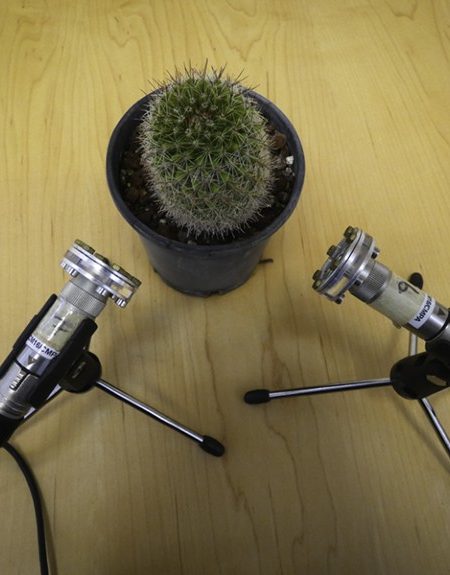
Stressed plants ‘cry’ — and some animals can probably hear them | Nature
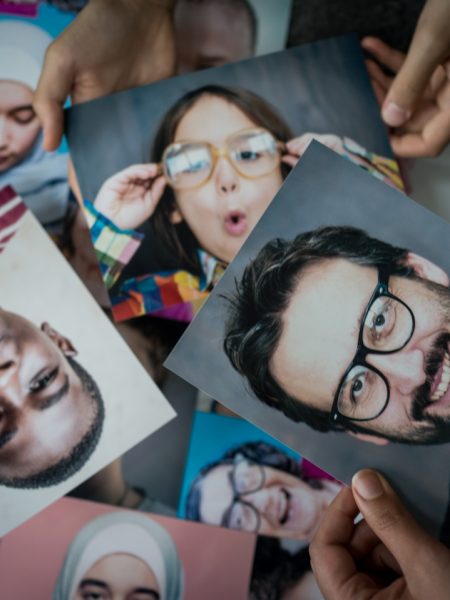
After COVID, an artist found couldn’t recognize her own father. Her odd new symptom: Facial blindness | Fortune Well
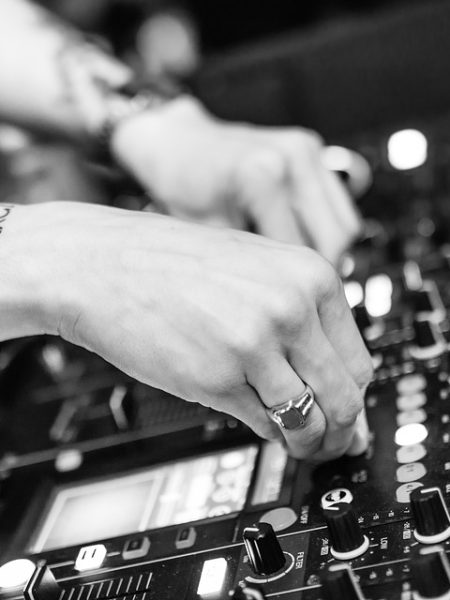
New sound navigation technology enables the blind to navigate – challenging Nobel Prize winning theory and providing hope for slowing down dementia | Eureka Alert
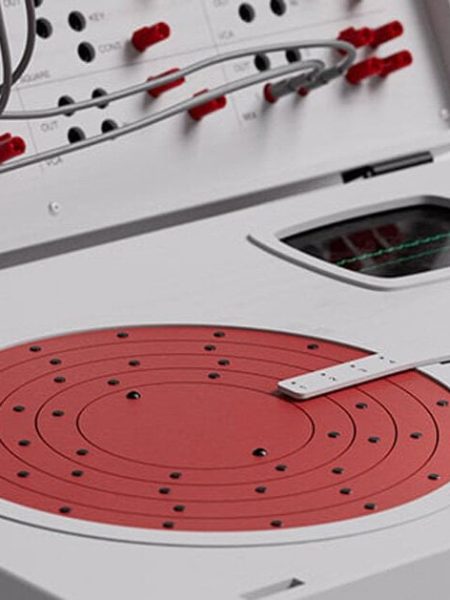
love hultén’s CHD-4 drum machine turns patients’ heartbeats into rhythmic soundscapes | Designboom






